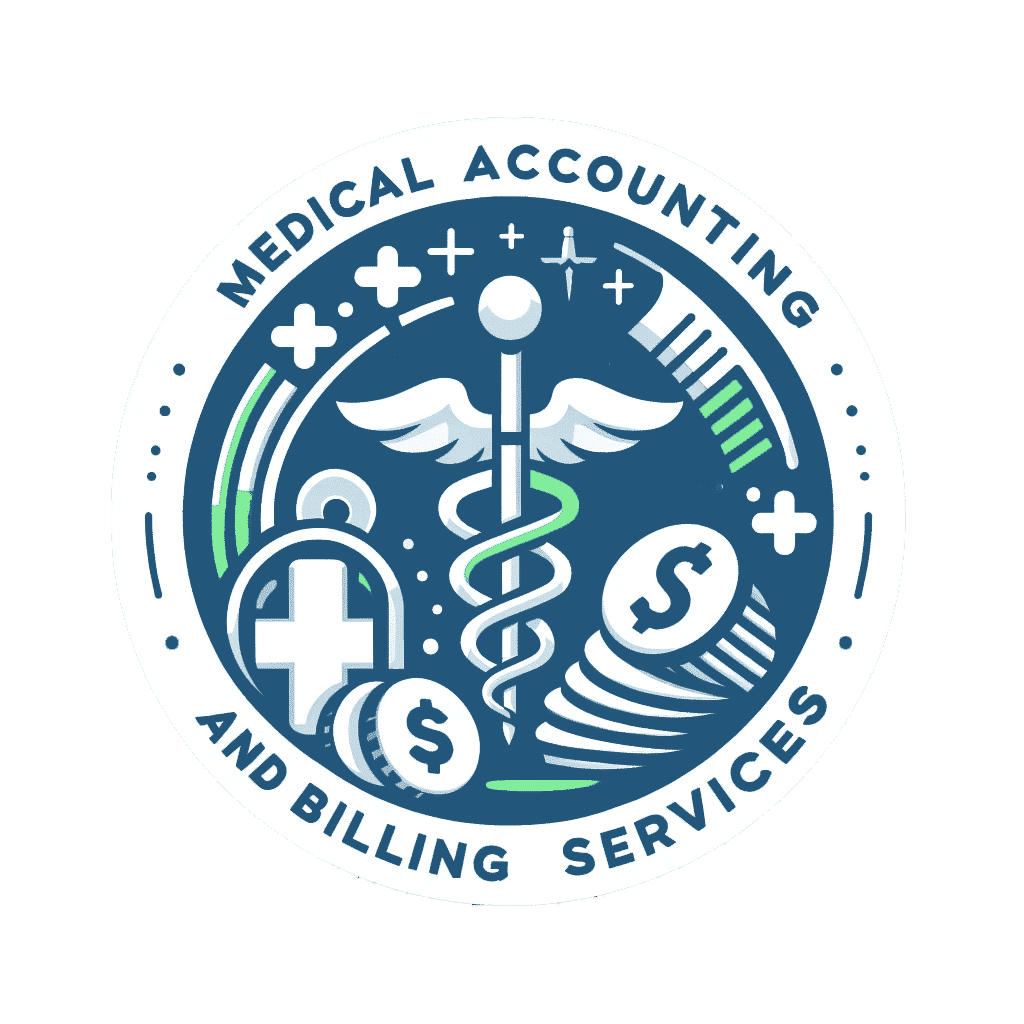
In today’s complex healthcare landscape, effective revenue cycle management (RCM) is critical to maintaining the financial health of any medical practice. From patient registration to final payment collection, every step in the revenue cycle must be executed with precision. Yet, many practices—regardless of size or specialty—encounter recurring mistakes that disrupt cash flow, increase claim denials, and lead to compliance challenges. Understanding these common pitfalls is the first step toward building a streamlined and profitable RCM process. In this article, we break down the top revenue cycle management mistakes and offer actionable insights to help your practice avoid them.
Struggling with late payments, denied claims, or endless paperwork? Wondering why your revenue cycle feels more like a rollercoaster than a smooth ride? You’re not alone! Revenue Cycle Management (RCM) is the backbone of every successful healthcare practice. Yet, many providers—large and small—find themselves tripping over the same obstacles. Whether you’re running a bustling clinic or a solo practice, avoiding common RCM mistakes is crucial. At MABS, we’ve seen it all: from coding blunders to follow-up fails. Let’s break down the top revenue cycle management mistakes you should avoid, so your cash flow doesn’t flatline.
1. Ignoring Patient Eligibility and Benefits Verification
Imagine spending hours treating a patient, only to find out their insurance won’t cover the visit. Ouch. This is a classic RCM blunder.
Failing to verify insurance eligibility before appointments can result in denied claims, delayed payments, and unhappy patients. It’s like baking a cake and forgetting the flour—you’ll end up with a mess.
Not checking for changes in coverage or benefits can lead to underpayments or surprise bills for your patients. No one enjoys surprise bills—unless it’s Monopoly money.
Example: Dr. Smith’s office skips eligibility checks to save time. Later, they discover half their claims are denied because patients switched insurance plans. The result? More time spent on appeals, less time for lunch breaks.
2. Inaccurate or Incomplete Medical Coding
Medical coding is like translating doctor-speak into insurance-speak. If you get it wrong, expect chaos.
Using outdated codes or missing crucial details can trigger denials or audits. Think of it as sending a text in emoji code—sometimes, the message just doesn’t get through.
Upcoding and downcoding are risky business. Upcoding may seem tempting for higher reimbursements, but it’s a fast track to compliance nightmares. Downcoding leaves money on the table.
Example: A practice consistently uses generic codes for every visit. The insurance company gets suspicious. Suddenly, they’re audited, and the office manager’s stress-eating reaches legendary levels.
3. Poor Claims Management and Follow-Up
Submitting claims is just the beginning. If you send them off and cross your fingers, you’re making a big mistake.
Not tracking claims after submission is like mailing a letter and never checking your mailbox. You’ll never know if it got lost along the way.
Delaying follow-up on denied or underpaid claims means lost revenue. The longer you wait, the harder it is to collect.
Example: The billing team at a busy clinic submits claims weekly but never checks the status. Months later, they discover a pile of denials collecting dust. The CFO’s eye twitch becomes a permanent feature.
4. Lack of Patient Communication and Transparent Billing
Patients hate surprises—especially on their bills. Poor communication can lead to confusion, delayed payments, and frustrated patients.
Not providing clear estimates or explaining out-of-pocket costs leads to sticker shock. It’s like ordering a burger and getting a bill for a steak dinner.
Failing to send timely statements or reminders means payments fall through the cracks. Patients forget, and your AR days skyrocket.
Example: A patient receives a bill three months after their visit and has no idea what it’s for. They ignore it. The billing office sends another bill six months later. The patient thinks it’s junk mail. The cycle continues—forever.
5. Not Keeping Up with Regulatory Changes
Healthcare rules change faster than you can say “ICD-10.” If you’re not keeping up, you’re putting your revenue at risk.
Missing updates to coding, billing, or compliance regulations can result in denied claims or penalties. It’s like showing up to a costume party in last year’s outfit—awkward and costly.
Not training your staff on new requirements means mistakes multiply. And ignorance is not bliss when it comes to audits.
Example: A practice ignores the latest telehealth billing updates. They bill everything as in-person visits. The payer denies every claim. The staff considers switching to interpretive dance as a new revenue stream.
6. Manual Processes and Outdated Technology
Still using spreadsheets or paper files? That’s a fast track to errors and inefficiency.
Manual data entry increases the risk of mistakes, lost information, and slower processing times. Your billing office shouldn’t look like a scene from a 90s sitcom.
Outdated software may not integrate with current EHRs or payer systems, leading to more work and less accuracy.
Example: A clinic insists on faxing claims. The fax machine jams, eats the paperwork, and the claims vanish into the abyss. Staff members consider holding a seance to retrieve lost claims.
7. Underestimating the Importance of Staff Training
Your team is your most valuable asset. If they’re not trained, mistakes are inevitable.
Skipping regular training sessions means your staff may miss critical updates or best practices. It’s like sending a soccer team onto the field without knowing the rules.
Not cross-training staff can lead to chaos when someone is out sick or on vacation. Suddenly, the office dog is in charge of billing.
Example: The billing manager goes on vacation. No one else knows how to handle claim appeals. The appeals pile grows taller than the office plant. The plant is thriving; the revenue cycle is not.
8. Failing to Monitor Key Performance Indicators (KPIs)
If you’re not measuring your revenue cycle performance, you’re flying blind.
Ignoring metrics like days in AR, denial rates, or clean claim rates means you won’t spot problems until it’s too late. It’s like driving with your eyes closed—exciting, but not recommended.
Not acting on KPI data leads to missed opportunities for improvement and lost revenue.
Example: A practice never reviews its KPIs. Denials creep up, payments slow down, and no one notices until the accountant starts sending SOS signals.
Revenue cycle management is complex, but you don’t have to let it become a comedy of errors. By avoiding these common mistakes, you can keep your cash flow healthy and


